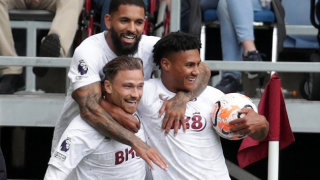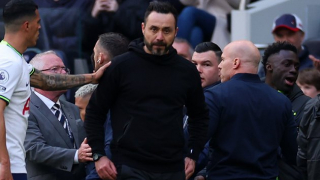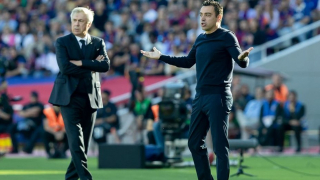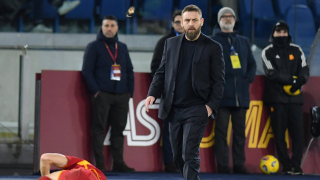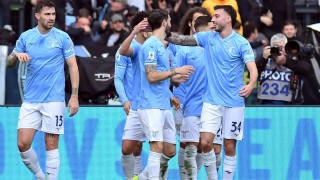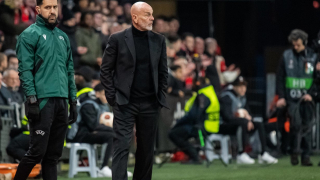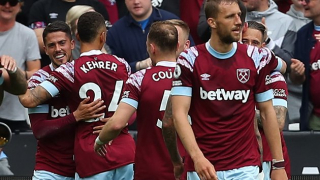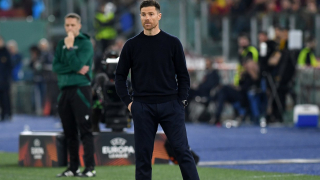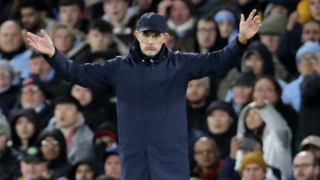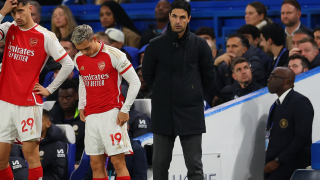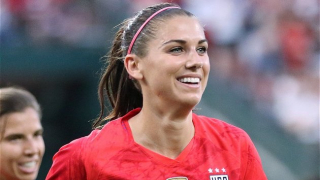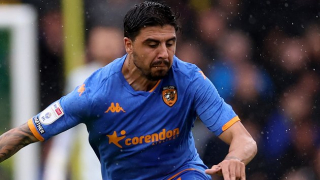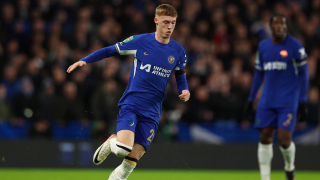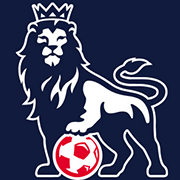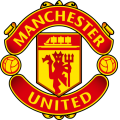Ian Ferris and Rebecca Honeybill investigate the return to popularity of synthetic pitches and their use in English football and beyond.
Such has been the progress that back in September 2014, club chairmen in League One and Two backed the return of artificial pitches and will take a formal vote on their use in November for possible introduction next season.
The vote is also expected to allow the plastic pitches to be used in the Capital One Cup and Johnstone's Paint Trophy. In July, Conference clubs voted to allow 3G pitches into all three divisions from the 2015/16 season.
Even that most conservative of organisations, FIFA, has designated a star system for artificial turf. Recommended 2-Star fields may be used for FIFA Final Round Competitions as well as for UEFA Europa League and Champions League matches.
Secretary-general Jerome Valcke defended using artificial pitches for the 2015 FIFA Women's World Cup - suggesting they could be used for men. "It could well be that sooner rather than later the men's World Cup will also be played on artificial pitches."
Plastic pitches were banned from English professional football almost 20 years ago with concerns over player injuries and the uneven bounce of the ball but since then this 3rd generation of surfaces (3G) have taken centre stage.
But what makes this new pitch so different from the past? After all some feel that natural grass is the only way for clubs to get the best performance qualities, however others see the financial benefits in installing 3G surfacing. So what is the appeal of using an artificial grass pitch for competitive and recreational use?
The latest 3G grass technology means that the carpet is specially designed to replicate the playing characteristics of natural grass, so the difference in performance should be minimal on a well maintained synthetic pitch. All 3G surfaces are installed to meet FA and FIFA standards for football, and RFU, RFL and IRB accreditation for rugby in terms of safety and performance.
The artificial surfacing typically comes in a pile height of 40-50mm for football, but the carpet can have a longer pile height of 50-65mm to be used for rugby. 3G pitches should be installed with a shockpad underlay beneath the artificial turf to prevent injuries to players and to absorb impact from trips and falls, enhancing the safety qualities of the pitch. The sand and rubber infill layer which is installed within the turf carpet also helps to improve the safety of the 3G pitch and creates more natural playing qualities.
The drainage capabilities of 3G surfacing are also ideal for busy clubs and schools who need to get a lot of use out of the facility and can't afford to have training and matches called off due to bad weather.
The permeability of the carpet and the angular stone sub base means that rain water drains away easily during wet conditions so game play can continue; only snow would stop the surface being used. However, UEFA has stressed that artificial turf should only be considered an option where climatic conditions necessitate. In October 2007 England played Russia on an artificial surface, which was installed to counteract adverse weather conditions, at the Luzhniki Stadium in Moscow.
The 'Green Lobby' can also rest easy as the installation process can also be environmentally friendly as some recycled products are used, for example the rubber crumb infill is made up of recycled rubber tyres. As long as regular maintenance is carried out on the 3G surface, the lifespan of the pitch can be approximately 15 years.
The maintenance requirements for a synthetic grass pitch are much lower than those of natural grass which is a bonus for many Football League teams were staffing costs are critical; they can include drag brushing, redistribution of infill and chemical treatments to prevent the growth of moss and algae.
True, it will mean a different mindset from the players who will need to wear the correct footwear such as specialist astro trainers or moulded boots when playing on a 3G pitch to prevent injuries and damage to the turf carpet. Still, think of the marketing and promotional opportunities for the new footwear!
Specialist UK sport surfacing contractors Soft Surfaces Ltd have been approached by football clubs such as Manchester United, Bradford City and Brighton along with many others for the installation of 3G training pitches.
Some lower league clubs choose to have 3G pitches installed for financial benefits as the pitch can be used every day of the week so it can be rented out for use by other clubs which therefore generates extra income. The initial cost of installing a 3G surface depends on a number of factors including the area size and the existing conditions of the pitch. However an approximate price would be around £400k-£600k.
For example Maidstone United had no option but to install a synthetic pitch when they faced bankruptcy as they couldn't look after their existing natural pitch. The FA have recently made the decision to allow 3G pitches in every round of the FA cup from 2014/15 and the use of the artificial pitches is common in Europe. The Premier League also expresses interest in using 3G surfaces for training and for clubs who can't afford the upkeep of natural grass.
So, why are artificial pitches still not universally accepted? In part, whilst the surfaces may have changed, players attitudes towards them have not. Nearly 50 women players make up a group that has filed a lawsuit against FIFA and the Canadian Soccer Association claiming sexual discrimination over the use of synthetic pitches instead of grass at the Women's World Cup in Canada next year.
The players claim that men's World Cup tournament matches are played on natural grass and they should be afforded the same benefits.
Whilst it may be hard to imagine the Premier League ever fully embracing artificial pitches for first class games, they will still play a part for training pitches. Floodlights, goal-line technology, all-seater stadium, female officials and vanishing spray at free kicks are all innovations that were resisted until the arguments for their introduction became compelling.
And let's not forget Oldham actually won promotion to the Premier League while using a plastic pitch in 1991.
This infographic explains a bit more about the benefits of 3G pitches:
To find out more about the benefits of 3G pitches - Please click here
The benefits of using 3G surfaces in professional sport are clearly outlined here, however there have been some concerns expressed over the playing qualities as the pitch used in the Wales v Andorra Euro 2016 qualifier match was described as 'the worst pitch ever' by some players. The risk of injury is also a problem as some say 3G surfaces can never be as safe as natural grass and the plastic turf causes skin burns. Despite these problems, a properly maintained 3G pitch should not cause any more injuries to players than a natural pitch during training and matches. So could the use of 3G artificial pitches soon become more popular in English football and the professional leagues? - Rebecca Honeybill is with Soft Surfaces


